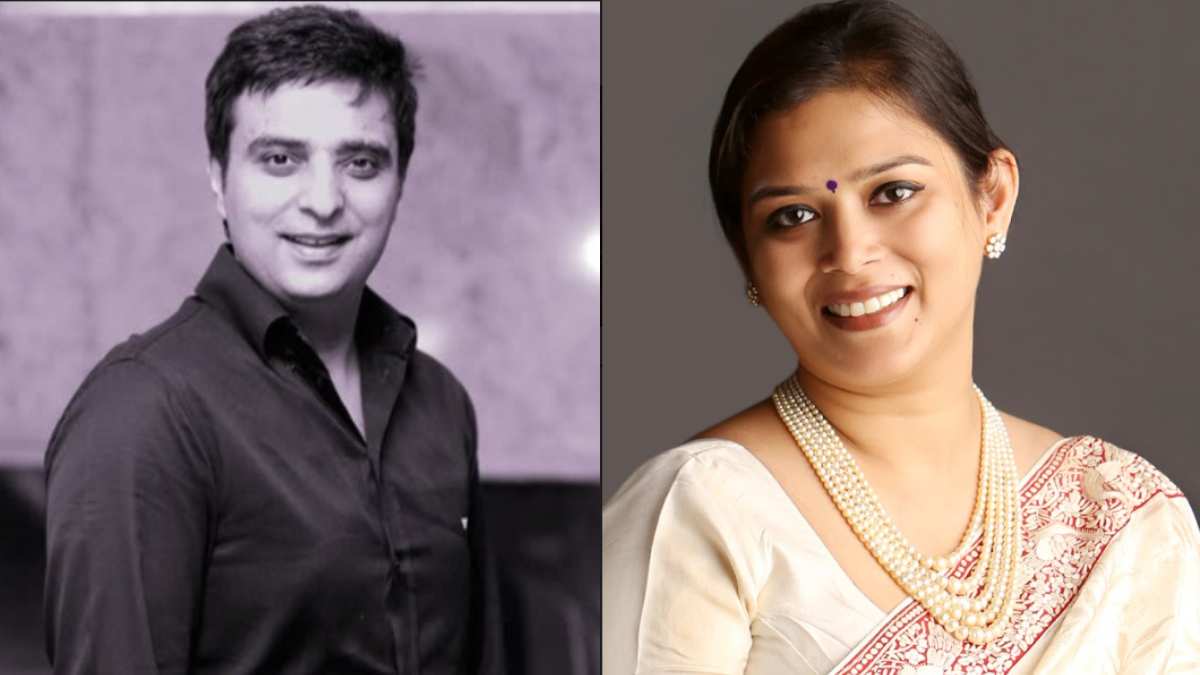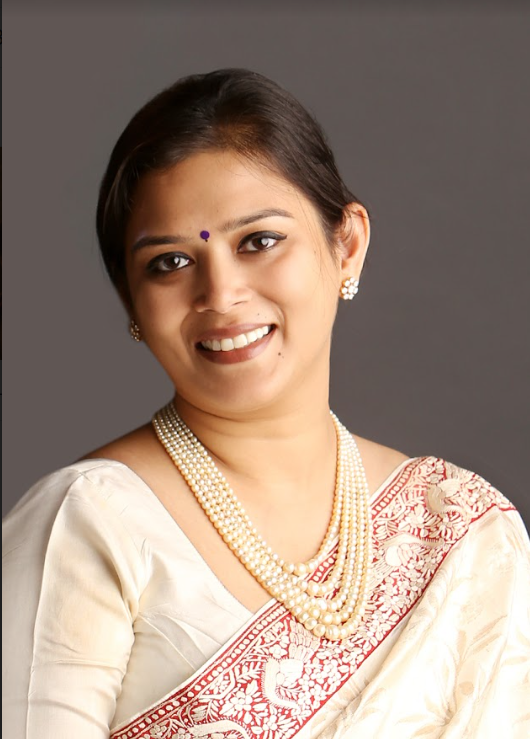
They say luxury begins when necessities end. The luxury to spend, acquire, enjoy. Or revel in the sheer luxury of time. Time to idle, when you can pick a book and read. Or simply go for a concert. As the nation unlocks and a denizen, wary and a wee bit worn, treads back into their official shoes, The Daily Guardian interviews business icons associated with two diverse businesses—one cerebral and the other indulgence personified. Ajay Mago, publisher, and the force behind the book chain Om Books, dwells upon the future of the written word. And Pratiksha Prashant, a scion of the Kishandas family, jewellers to the Nizams, fears the near comatose existence that her industry of refinement—luxury jewellery—will reside in for many months to come.
AJAY MAGO

Q. Quarantine has enhanced reading. But are people going for kindle rather than paperbacks? A. The lockdown and quarantine have ushered in changes in every sphere of our lives, particularly in the way we divide up our work and leisure time. The quarantine is not to be mistaken for a holiday. So, when not on a work-from-home mode, book lovers have rediscovered new gems in their personal libraries, re-read old favourites or gone for new titles on Kindle. Till such time that book lovers can get back to bookstores, that is likely to be the trend. In India, there is a judicious mix of Kindle buffs and those who swear by the printed book. And families with children prefer the printed book over kindle editions simply because half the charm of these books lies in the packaging.
Q. Now that lockdown is done, do you see people reverting to the print version?
A. While e-books have enjoyed a fair amount of popularity with readers, book lovers shall also continue to buy printed books, get their copies signed by the author after a launch or special session at a bookstore or literature festival, get themselves photographed with the author, add to the pile on the bedside table, and occasionally drift off to sleep with an open book on the chest or face.
Q. What do you see as the future of books?
A. You probably mean the future of the printed book. The printed book is here to stay as an equal cousin to e-books. It is just a matter of time before life primarily online today shifts back in part to life on the ground.
Q. Do you see non-fiction gaining precedence over fiction in these tough times?
A. Fiction has always moved faster than nonfiction. Having said that, different kinds of fiction appeal to different kinds of readers. Someone who gets his fix from thrillers is unlikely to let non-fiction supplant that unless the reader is equally interested in both genres. Also, school holidays, and festival and election seasons play a considerable role in what sells more during a certain period. I don’t see fiction drying up at all. And we would do well to remember that crisis—political, industrial, economic, religious, cultural, et al—have always spawned great classics.
Q. How can we revive the publishing business and make it profitable to all the parties involved?
A. Everyone in the publishing ecosystem needs to come together, rethink our existing arrangements and alliances, and work as a united front to bring the industry back on its feet earliest. And we also look forward to concrete measures by the government for the publishing industry
PRATIKSHA PRASHANT

Amongst all the businesses that reside in the realm of indulgences, jewellery is the veritable cherry on the cake. A cherry that you bite into only when you have what Pratiksha Prashant calls the three ingredients of luxury: “Time, money and mobility. Three things that very unfortunately many of us don’t have today. Time that we have is now getting occupied in the huddle to survive. Money is no longer a disposable commodity, and mobility is a dream.”
And it is in this light that she fears the near comatose existence that her industry of refinement—luxury jewellery—will reside in for many months to come. “Buying yourself a heirloom piece of jewellery is what we at Kishandas are known for.” Pieces that are so perfect in their craft and beauty that you yearn to hand it over to your daughter in times to come. It is linked to a sense of happiness. “A joie d’vivre that most of us are not feeling today. Business houses are literally jogging, running to remain in the same, safe place they were in, pre pandemic. Corporate families are facing salary crunch, industrialists are not in a celebratory mode anymore. Everyone is in the dock. Then how do you expect luxury retail to move?”
Most importantly, the fact that the “big, fat Indian wedding has shrunk”, is the real demon here. “An average ‘big’ wedding in Hyderabad hosted 1,500-2,000 VIP guests. A normal wedding at least 10,000. Now refer to the 50 people cap imposed presently and the maximum number of 200 guests who will be invited in the near future. Why will anyone buy expensive jewellery any more?”
All, however, is not lost. The connoisseur of craft will come back. Ornaments that are veritable art forms will be bought. “After all, Indians also link jewellery to investment, a safety cocoon to go to on a rainy day. It is their jewelry that the Nawabs and Nizams sold to buy an army. The only possessions displaced Indians brought back with them post-Partition to restart their lives. It is life 2.0 for many of us and Indians will love their gold. Especially with the bullion also loving the metal. I do see hope but not in the near future.”
At a personal level the family was all set, designing a very intricately crafted, beautiful and wearable line for Mani Ratnam’s biopic Ponniyin Salvan which they were going to place online in tandem with the movie releasing. “Now that epic will take time as it involves over 800 people on a single set. But we have begun creating small collectibles that women can add at a whim when things settle down.”